Writer, painter, and caricaturist Zuko Džumhur once wrote, “My name is Skadarlija…or Skadarska street, however you like it. I am no boulevard…or avenue…or highway. I am common steep curved alley in the middle of Belgrade. And that would be everything meaningful to be told about me if it wouldn’t be for my bohemian history, my crumbling roofs, my shaking chairs…”
Džumhur’s characterization of Skadarlija Street in the Belgrade district, an epicenter of bohemia, really answers the question, “if these streets could talk, what would they say?” The bohemian history that Džumhur (or, I guess Skadarlija Street itself?) references in that quote is indeed meaningful. Skadarlija started to take on its bohemian character in the late 1800s, but especially after 1901, when the famous Dardaneli Inn was torn down. Many of its regulars—well-known writers and actors—began gathering instead at the inns and kafanas (coffeehouses) in Skadarlija. And where creatives go, la vie bohème often follows. Now, Skadarlija is arguably the most famous bohemian quarter on Earth!
Actually, the French phrase “la vie bohème” couldn’t be more appropriate in this context: many have said that this neighborhood is akin to Paris’ Montmartre. In fact, in 1977, the two bohemian quarters officially “twinned.” If that wasn’t impressive enough, some of the world’s most well-known people have visited Skadarlija’s Tri šešira restaurant such as Queen Elizabeth II, Jimi Hendrix, Margaret Thatcher, George H. W. Bush, Joe Biden, and King Juan Carlos I of Spain—just to name a few!
French painter Gustave Courbet once said, “I am a bohemian — I have no home.” It’s too bad he died thirty years before Skadarlija Street became a beacon of bohemia; he may have felt right at home here in Belgrade.
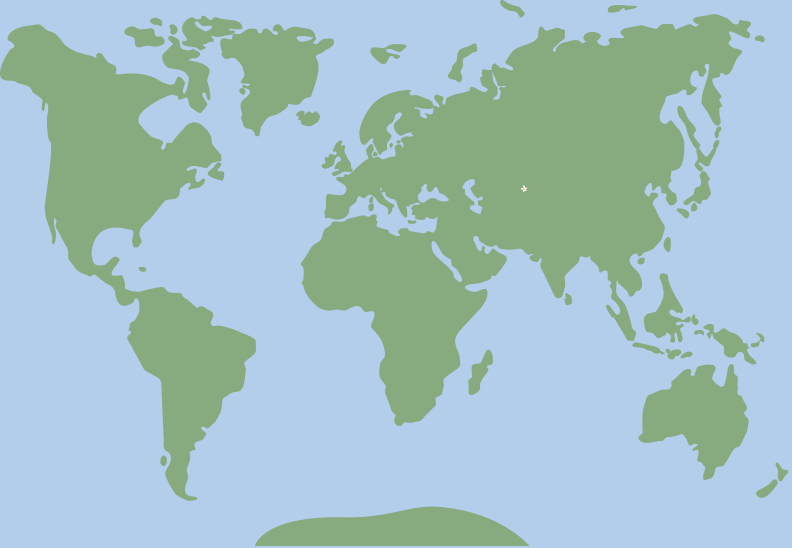 44.8182797, 20.4653792
44.8182797, 20.4653792

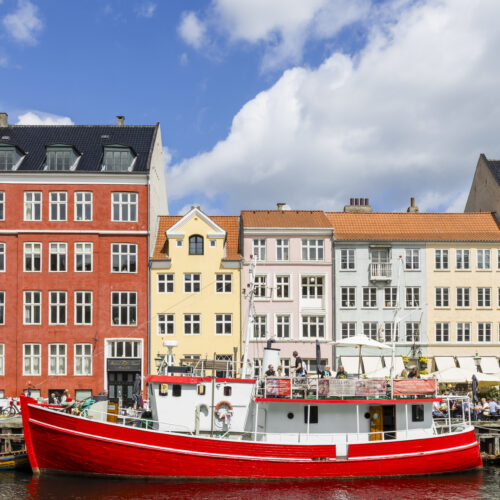


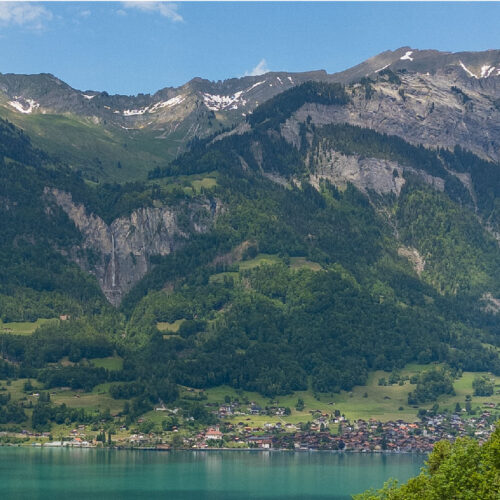


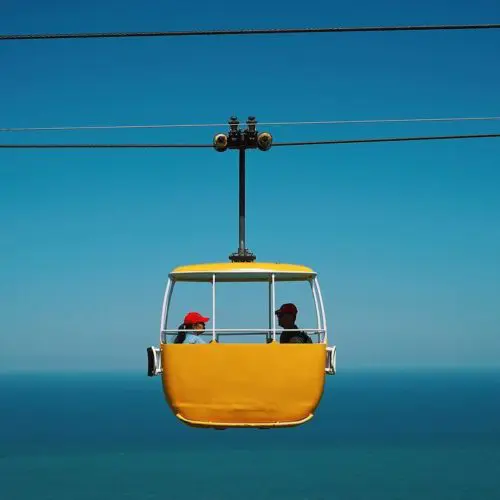
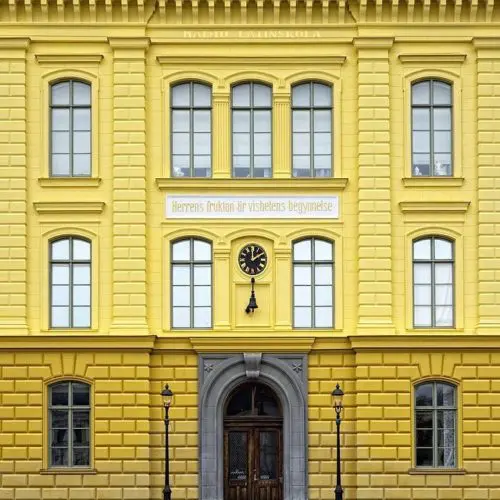

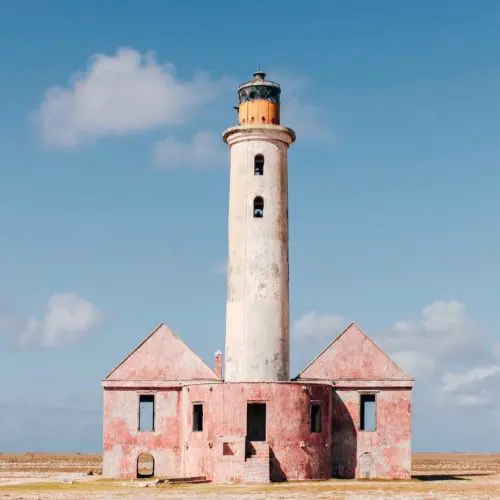


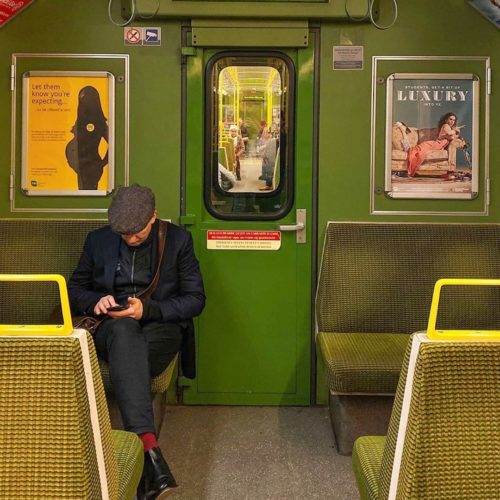






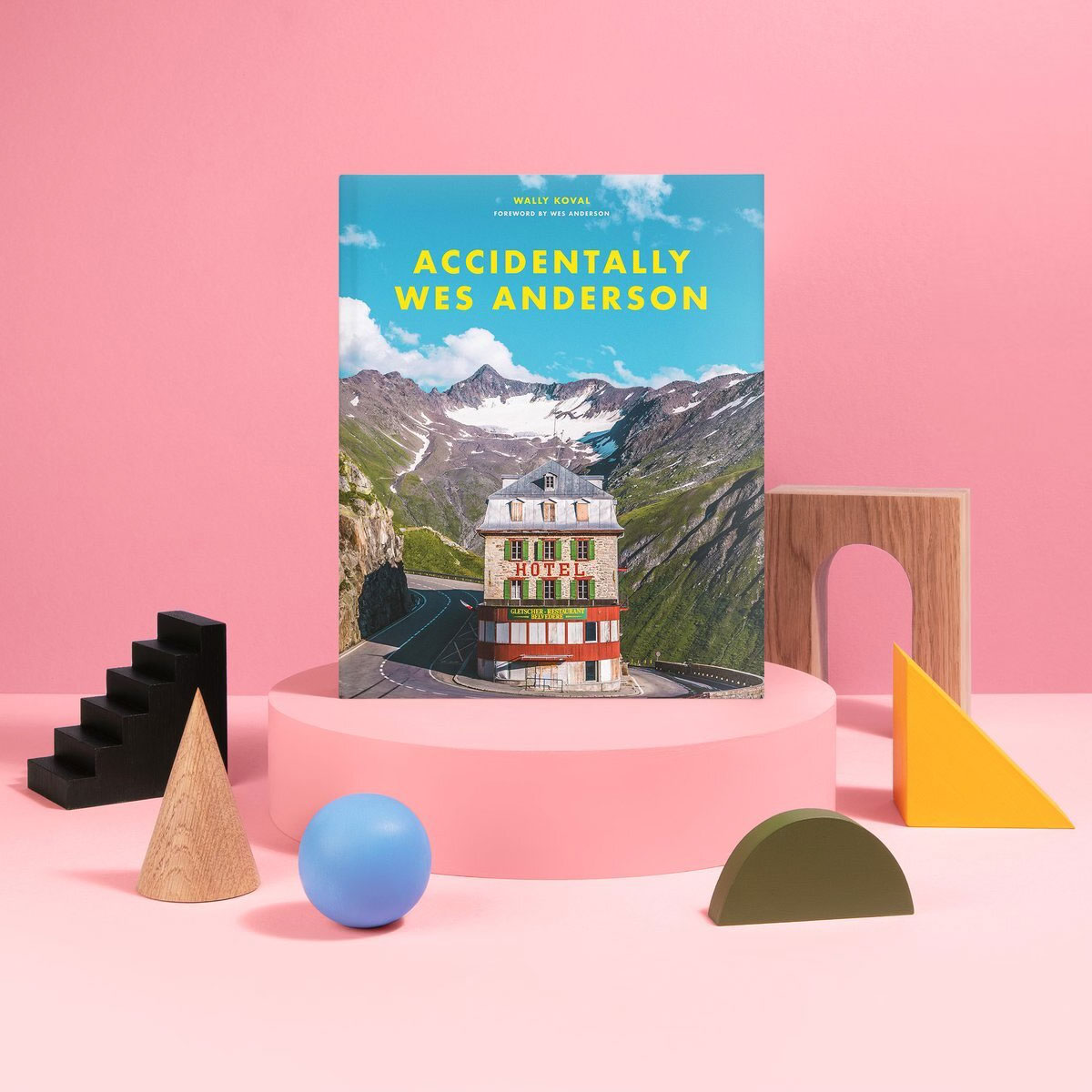



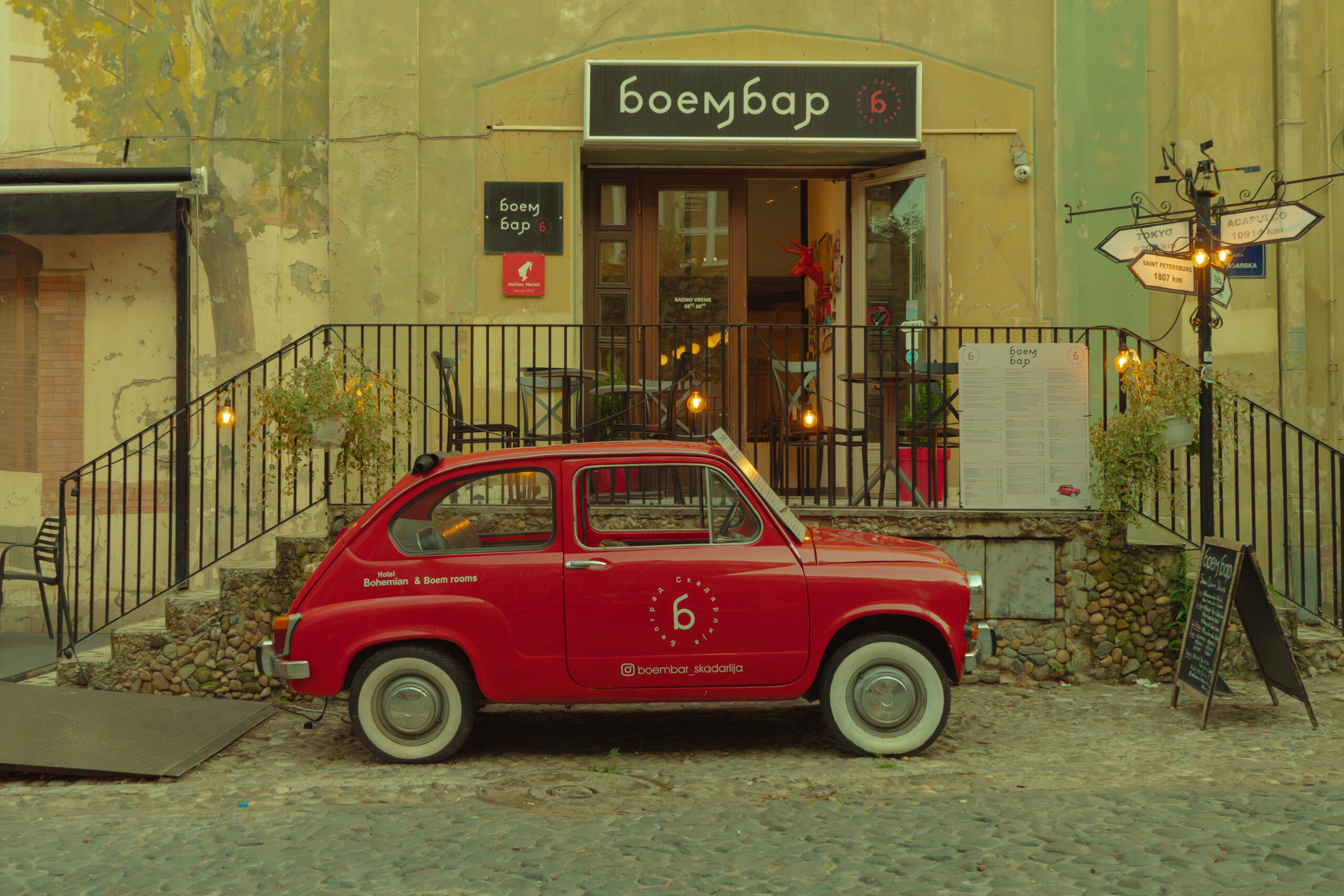


Know more? Share with the community!
Submit Your ImageLogin/Sign Up.